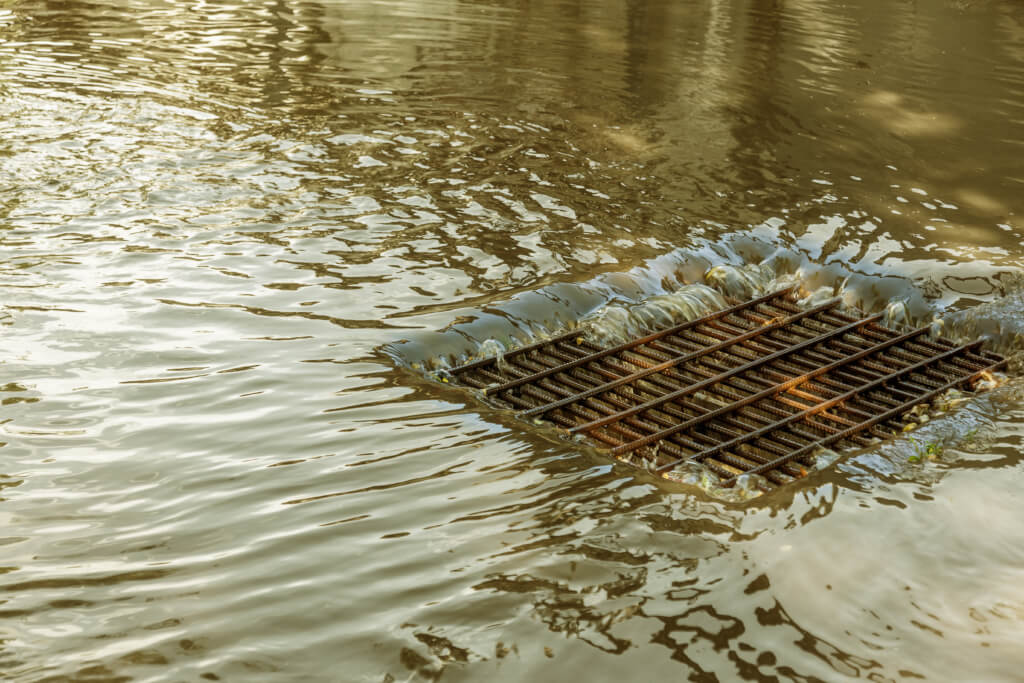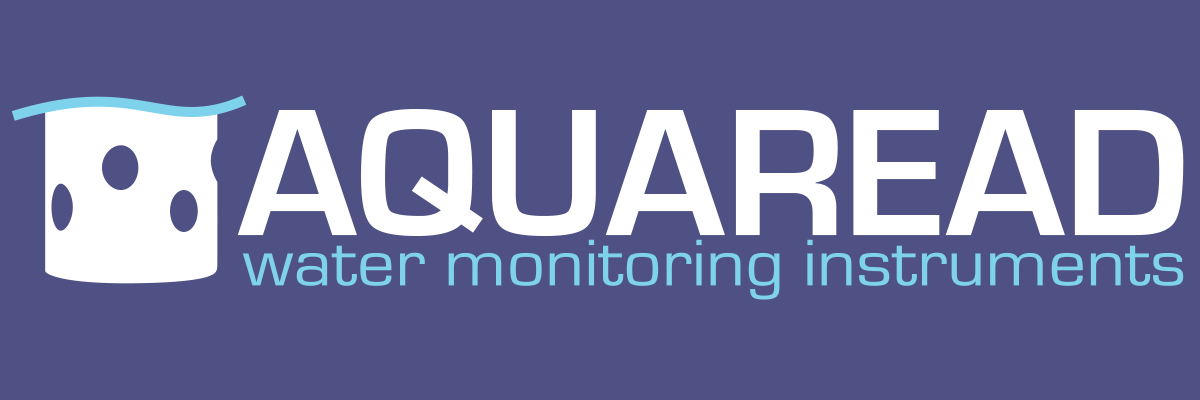Urban runoff may be a term that not everyone is familiar with, but at the same time, anyone who has lived in a town or city will likely have experienced it at least once in their lifetime.
It is also not to be underestimated. It is one of the biggest threats to daily life, homes and wildlife. Read on to learn more about urban runoff and how it can affect water quality in your area.
What is Urban Runoff?
Urbanization refers to the way our towns and cities have been developed. This includes roads, buildings and other man-made creations. Urban runoff is a consequence of rainwater and these man-made objects. When it rains heavily or for long periods, rainwater can accumulate on the surface of roads, rooftops and along pathways. This is known within the flood-preparation industry as urban runoff.
The Risks of Urban Runoff
When urban runoff exists, it causes two major concerns for local residents. One of these concerns is an increased risk of flooding. If the rainwater cannot easily escape down drains or becomes too rapid for the drains to effectively manage, it remains on the surface and begins to accumulate. This leads to the damage of buildings and in extreme cases, people can lose their homes and possessions.

The second risk associated with urban runoff is water pollution. Urban runoff can negatively affect the quality of water. In normal rainstorms where urban runoff does not occur, the rainwater passes through the soil.
However, impervious urban surfaces prevent this from happening and carry the rainwater to storm drains. This water picks up pollutants on the way such as motor oil, fertilizers, metals, dirt, pesticides and more. This is the beginning of a hazardous cycle that includes:
- Limitation of vegetation growth
- Disruption to the aquatic ecosystem
- Damage to infrastructure, which can cause more urban runoff water to accumulate
- Cost hikes for local councils and water companies
- Wildlife poisoning
The Solutions
Storm drains themselves are one way of dealing with flooding issues. High-risk areas of flooding may require more flooding drains or other flood-prevention methods. The other solution is for professionals to test the quality of water and identify problems early.
By discovering water with low quality that poses risks early, local authorities and water companies can implement the procedure and find suitable ways of dealing with it. This will require the use of the best water quality monitoring equipment – and knowledge of how to use it.
Complete prevention may not always be possible, which is why having the means to know when a flood is imminent is essential. Devices, such as early flood warning systems, can be installed to better alert the community when a flood is likely to occur. Contact us today to speak to a member of the team about how our early flood warning system can help your local community.
